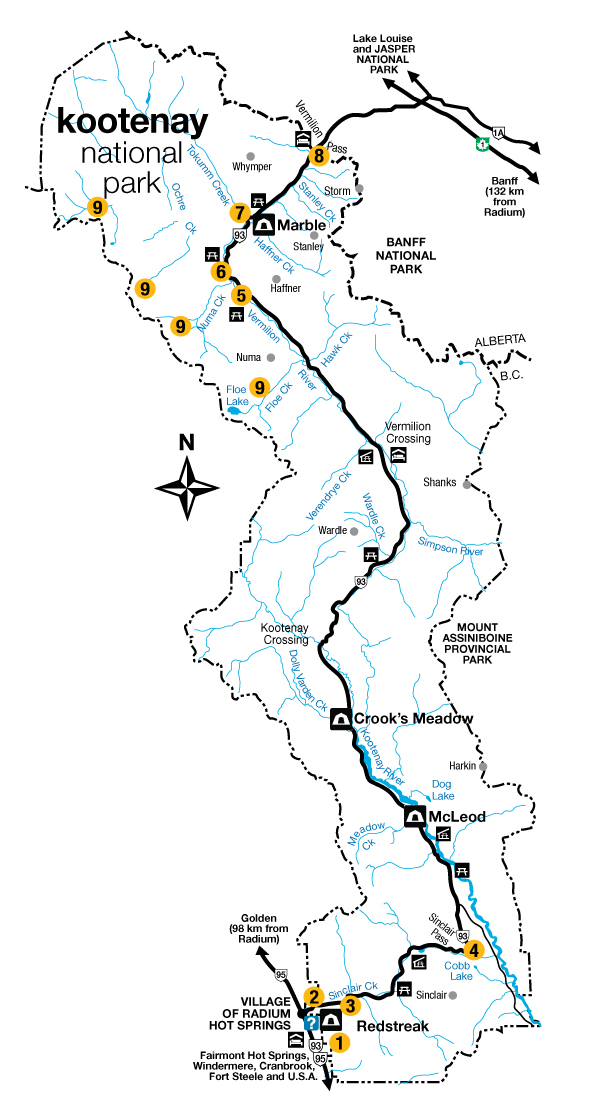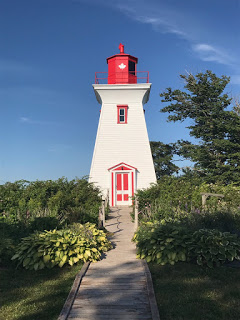Acadia National Park

Sand Beach
This Northern addition to the national parks was once the summer home to some of America's wealthiest citizens. Mt. Desert Island, Isle au Haut and the Schoodic Penninsula form this park. Its barren mountain tops and rocky coastline create a rugged and picturesque place not to be missed. Small fishing villages are nearby and then there is Bar Harbor for those that want a larger coastal town that has everything from art galleries to waterfront pubs. Many trails let you get away from the crowds while hiking. Roads are available to take you around the park as well as to the top of Cadillac Mountain. Extensive carriage roads are also found here for those who prefer walking, biking or horseback riding. Several campgrounds, trails for hiking, scenic loop trials, and beaches for swimming, can be found: Camping . The Schoodic Pennisula and Ilse au Haut are well served by Ferries . The sunsets from the vantage point of Cadillac Mountain are fantastic.


.jpg)


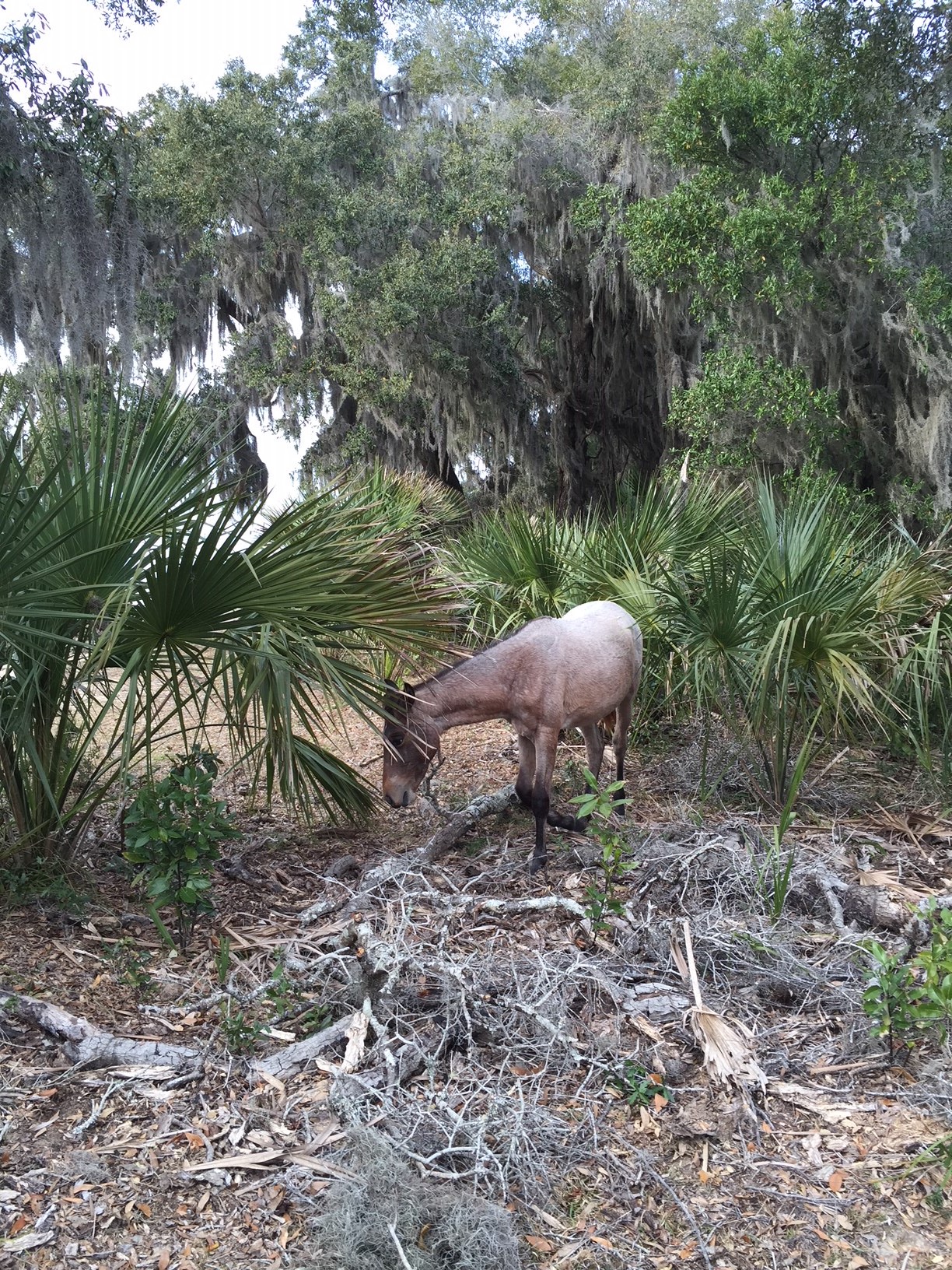





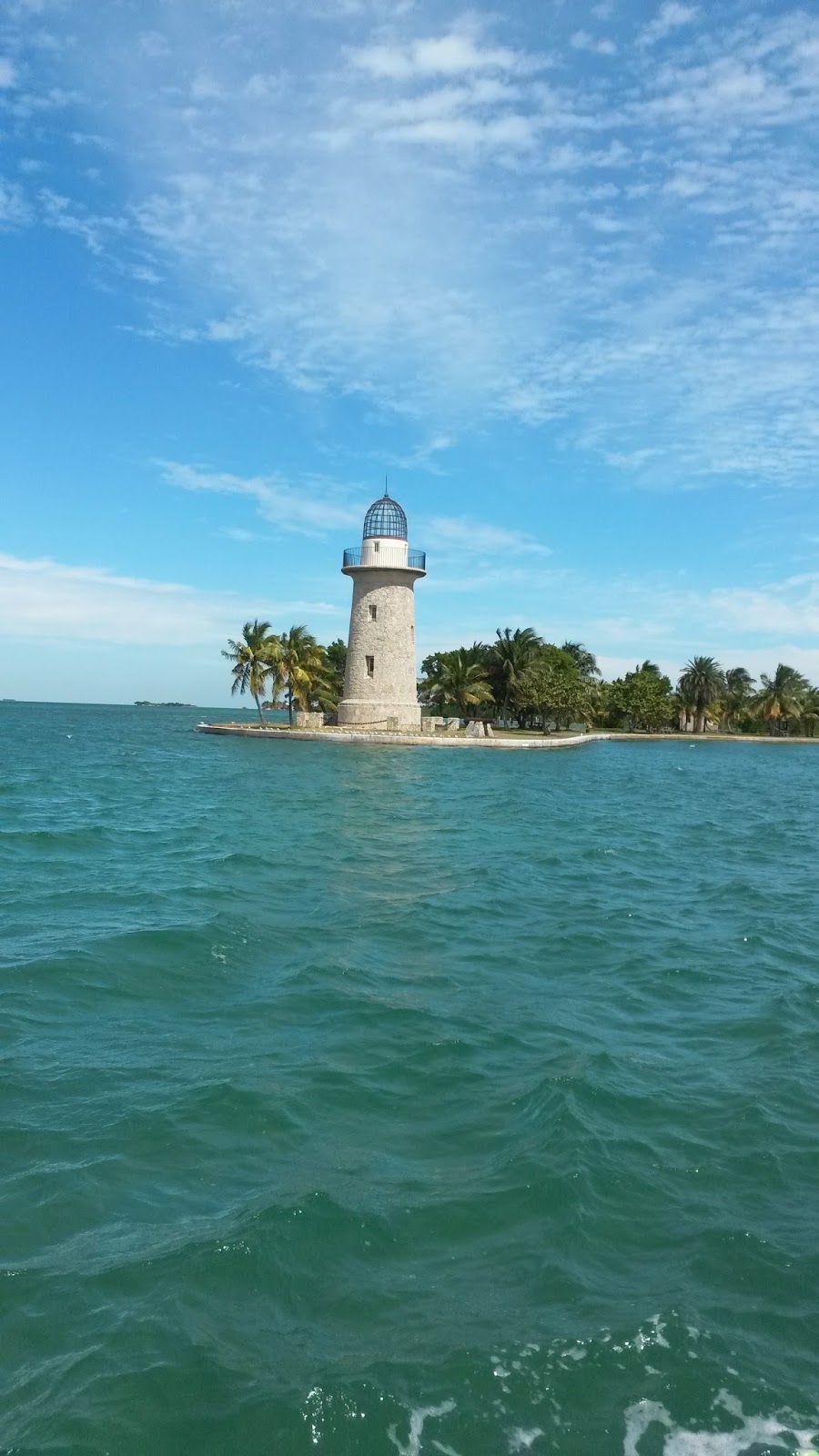










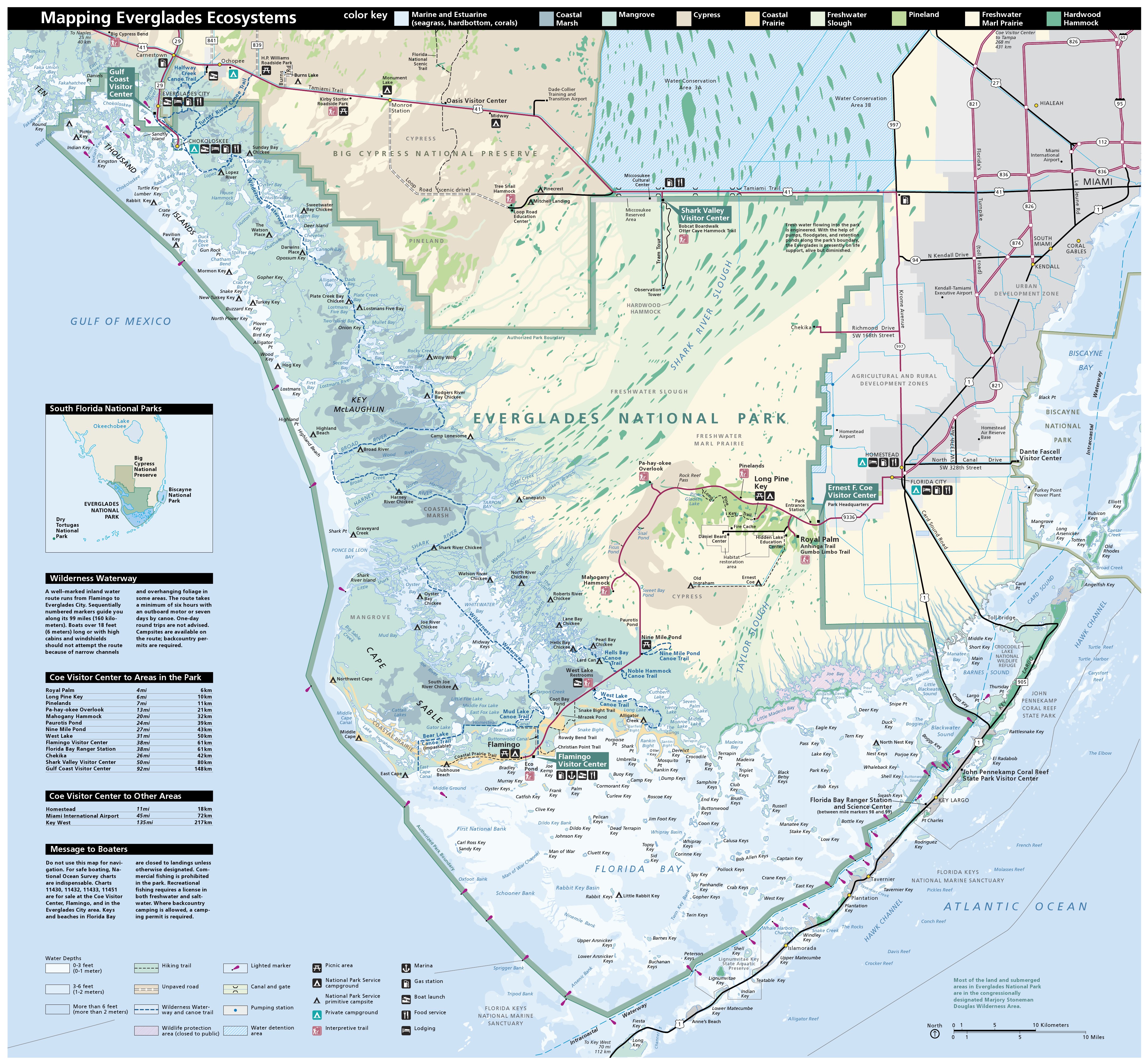











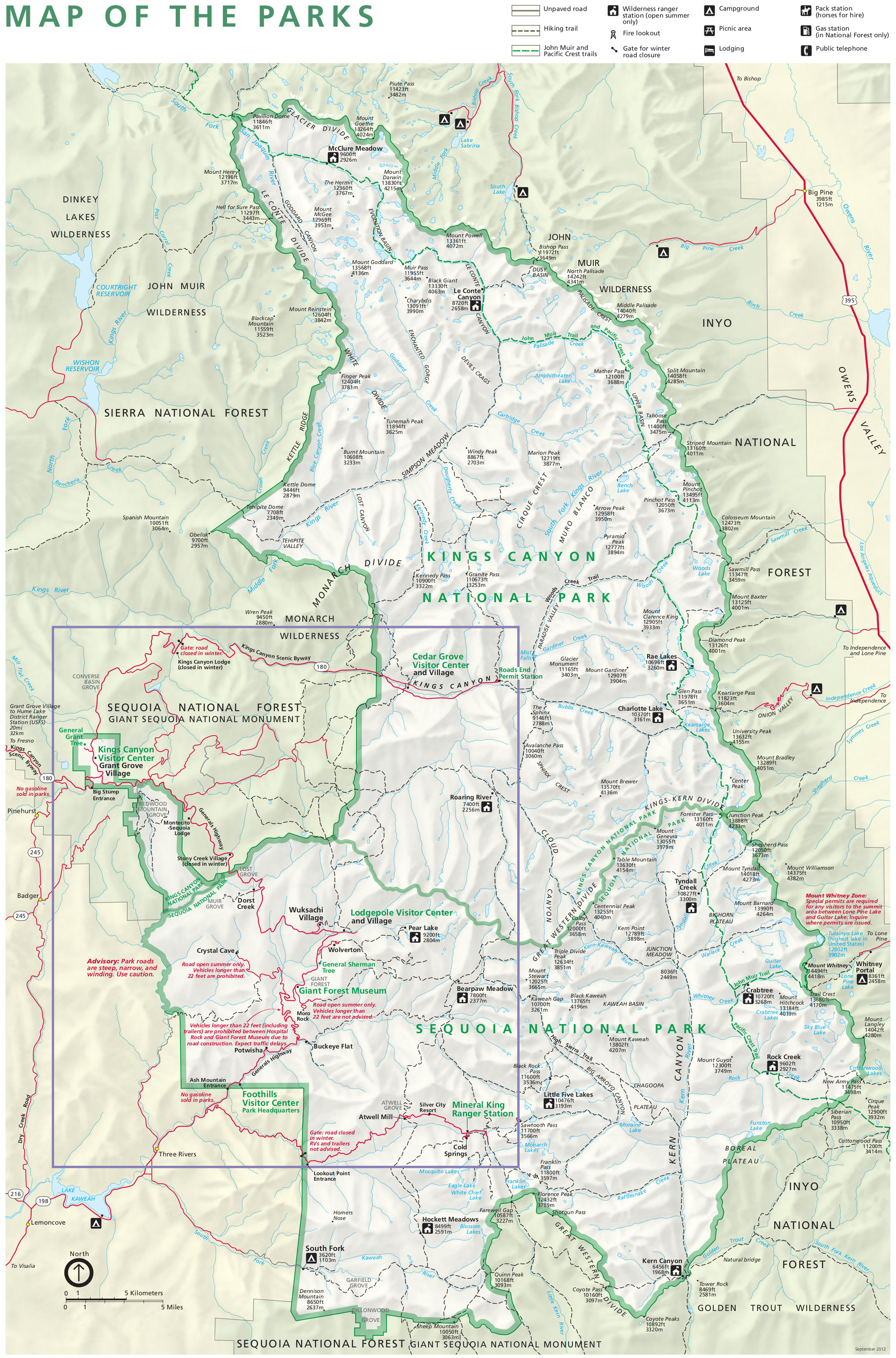








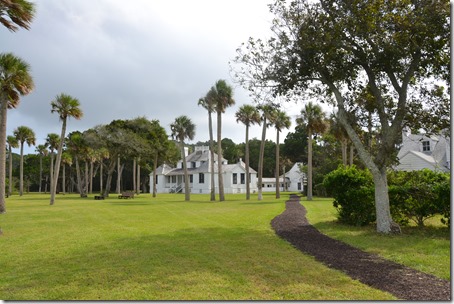








.small.jpg)




